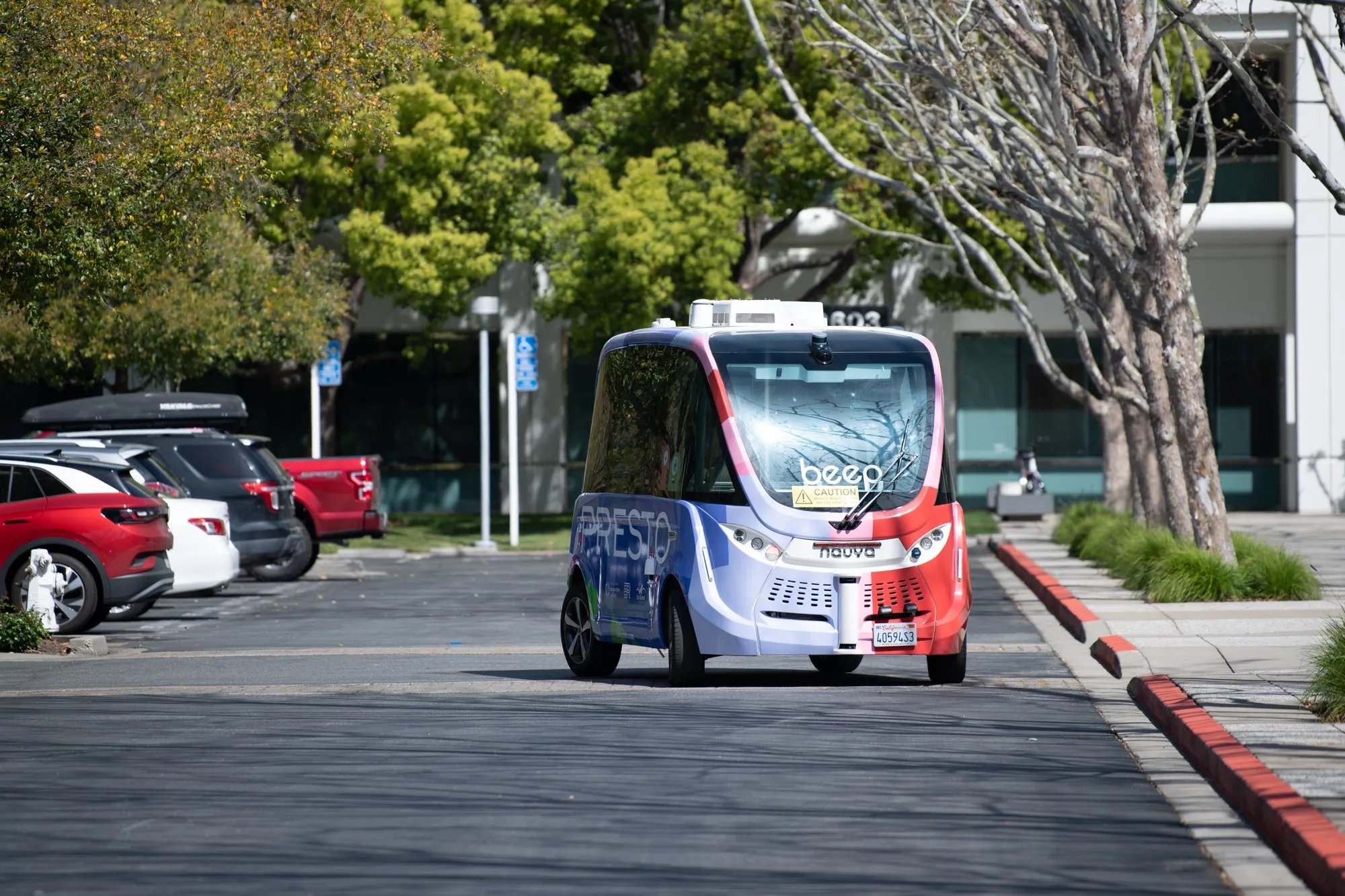The Greater Cleveland Regional Transit Authority (RTA), in partnership with the Battelle Memorial Institute, will develop and test collision avoidance systems for its 500 bus fleet that serves Cuyahoga County, thanks to a US$2.7 million grant from the Federal Transit Administration. The collision avoidance technology is similar to that currently available in high-end automobiles. It detects, warns and even automatically stops the vehicle when getting too close to another object. “RTA is at the national for
February 16, 2015
Read time: 2 mins
The Greater Cleveland Regional Transit Authority (RTA), in partnership with the 1806 Battelle Memorial Institute, will develop and test collision avoidance systems for its 500 bus fleet that serves Cuyahoga County, thanks to a US$2.7 million grant from the 2023 Federal Transit Administration.
The collision avoidance technology is similar to that currently available in high-end automobiles. It detects, warns and even automatically stops the vehicle when getting too close to another object.
“RTA is at the national forefront in creating and implementing bus and rail safety technology. We are pleased we have been selected to continue to advance innovative safety features across our system,” said RTA CEO and general manager Joe Calabrese.
“Our award-winning safe turn alert technology has had such tremendous success that it has been replicated by other transit systems across the country. We’ve had zero bus-pedestrian fatalities since its implementation in 2009,” said Calabrese.
“We expect that this collision avoidance technology will be met with similar success. Initially, we will test the system in a certain number of buses throughout our service area. Once we demonstrate improved safety, we will install it throughout our entire fleet and share the technology with other transit agencies in the US.”
The collision avoidance technology is similar to that currently available in high-end automobiles. It detects, warns and even automatically stops the vehicle when getting too close to another object.
“RTA is at the national forefront in creating and implementing bus and rail safety technology. We are pleased we have been selected to continue to advance innovative safety features across our system,” said RTA CEO and general manager Joe Calabrese.
“Our award-winning safe turn alert technology has had such tremendous success that it has been replicated by other transit systems across the country. We’ve had zero bus-pedestrian fatalities since its implementation in 2009,” said Calabrese.
“We expect that this collision avoidance technology will be met with similar success. Initially, we will test the system in a certain number of buses throughout our service area. Once we demonstrate improved safety, we will install it throughout our entire fleet and share the technology with other transit agencies in the US.”










